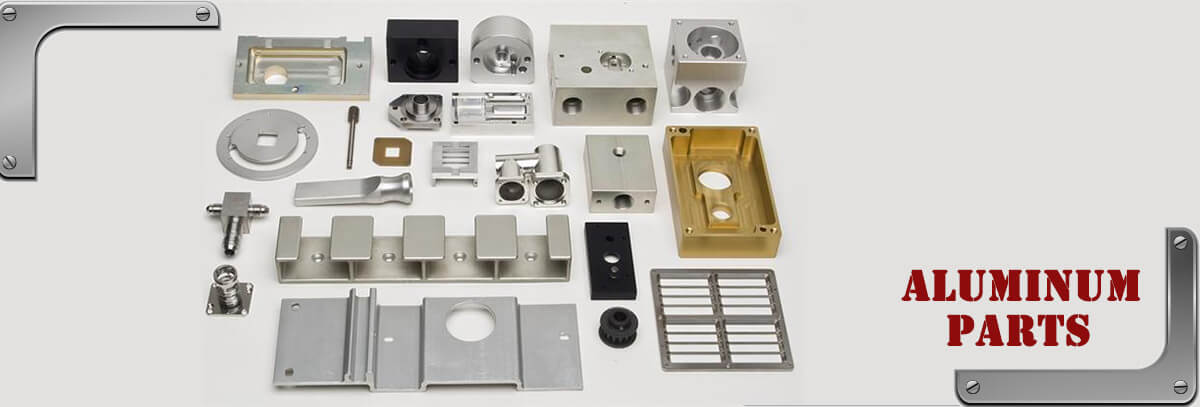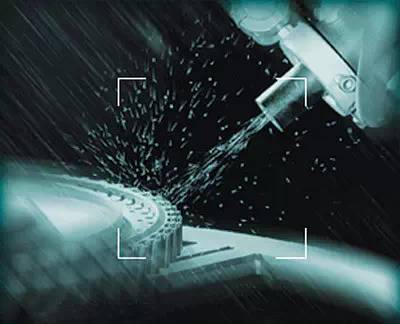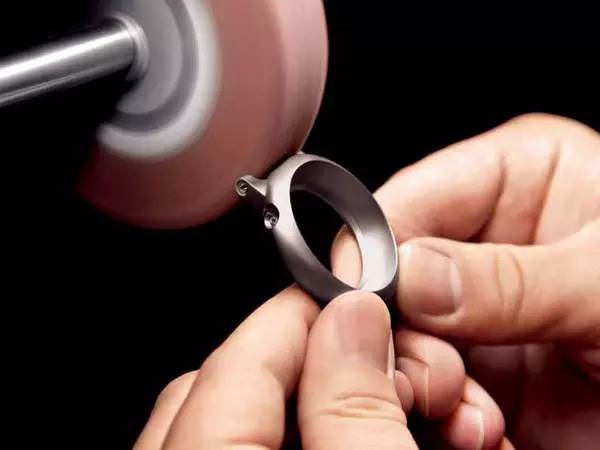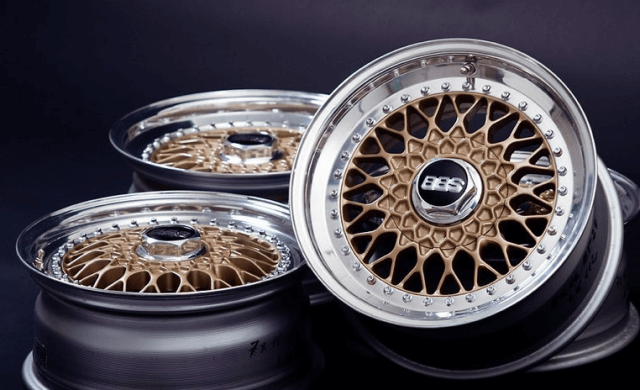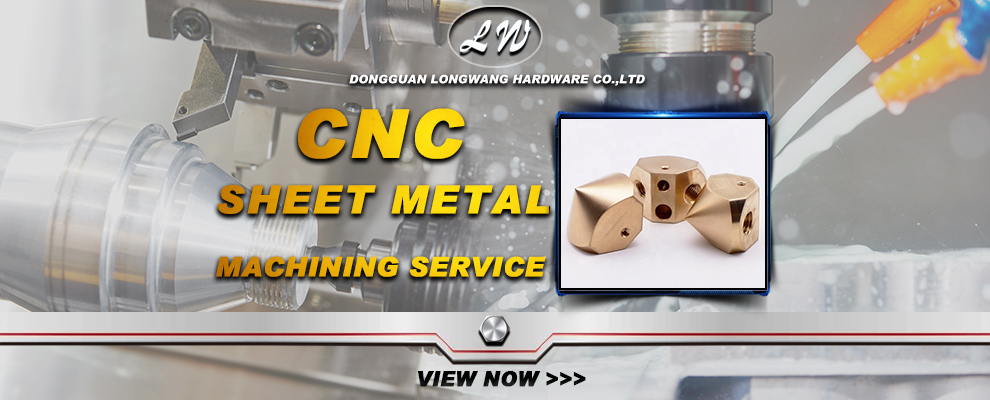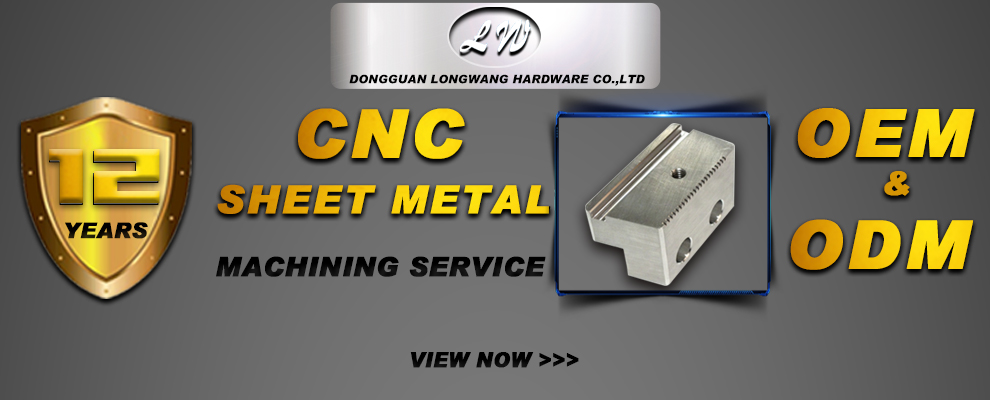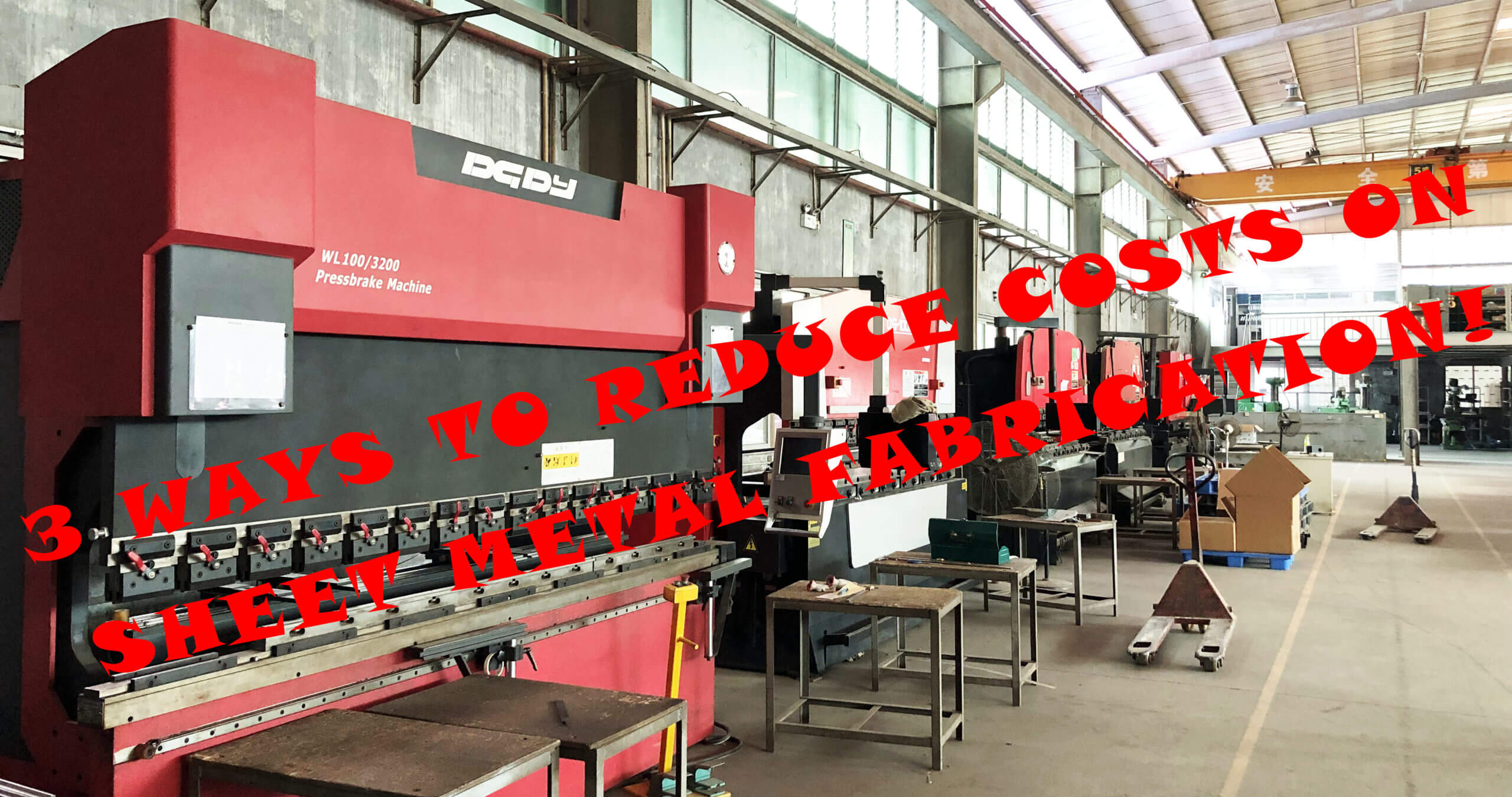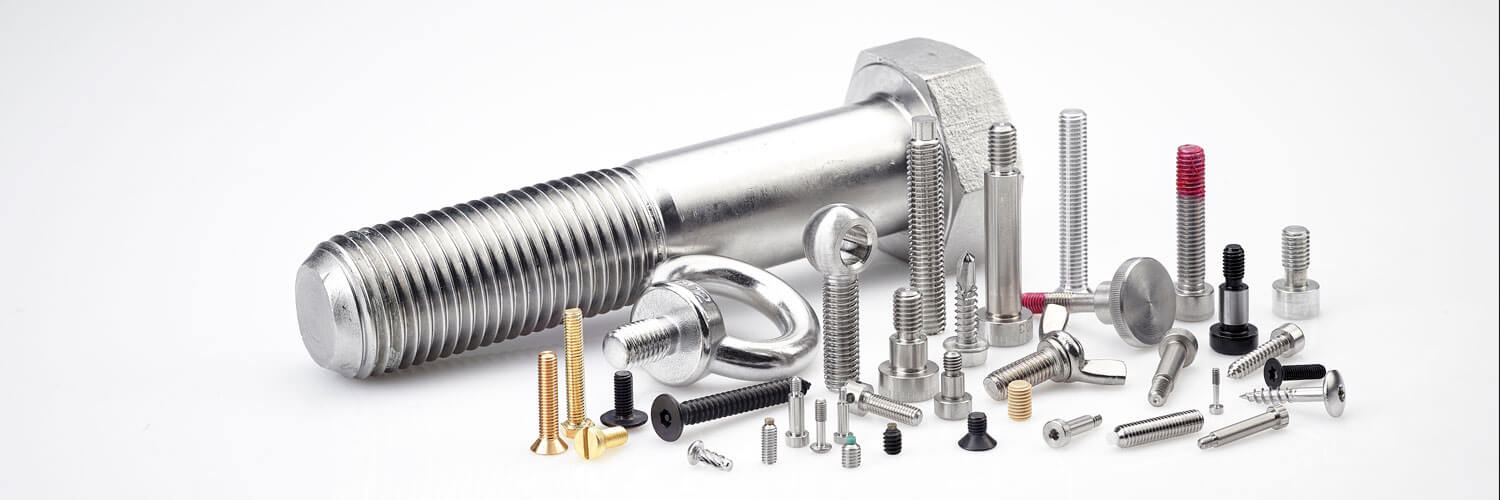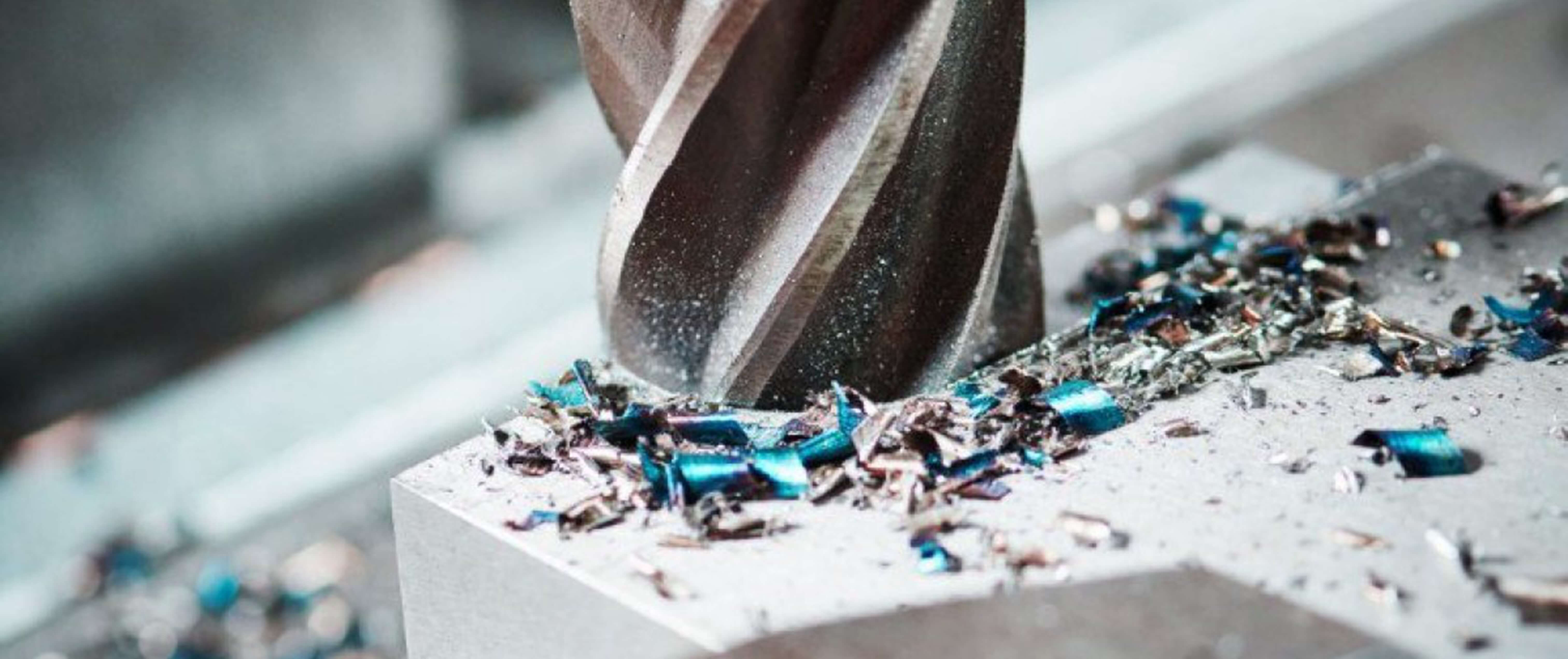Aluminium is the most widely used metal material in non-ferrous metals, and its application range is still expanding. The use of aluminium to produce aluminium products is even more numerous and endless. According to statistics, there are more than 700,000 types. From the construction and decoration industry to the transportation and aerospace industries, different industries have different needs with different surface treatment.
The advantages and characteristics of aluminium are as follows:
- Low density. The density of aluminium is about 2.7 g / cm3. Its density is only 1/3 of that of iron or copper.
- High plasticity. Aluminium has good ductility and can be made into various articles through pressure processing methods such as extrusion and stretching.
- Corrosion resistance. Aluminium is a very negatively charged metal. Under natural conditions or anodizing, a protective oxide film is formed on the surface, which has much better corrosion resistance than steel.
- Easy to strengthen. The strength of pure aluminium is not high, but its strength can be increased after anodizing.
- Easy surface treatment. Surface treatment can further improve or change the surface properties of aluminium. The aluminium anodizing process is quite mature and stable in operation and has been widely used in the processing of aluminium products.
- Good conductivity, easy to recycle
The surface treatment of Aluminum Alloy
- Sandblasting
The process of cleaning and roughening the metal surface by the impact of high-speed sand flow.
- Polishing
The polishing process is mainly divided into mechanical polishing, chemical polishing, and electrolytic polishing. The aluminium parts can be close to the stainless steel mirror effect after mechanical polishing + electrolytic polishing. This process gives people the feeling of high-end simplicity and stylish future.
- Brushed Finishing
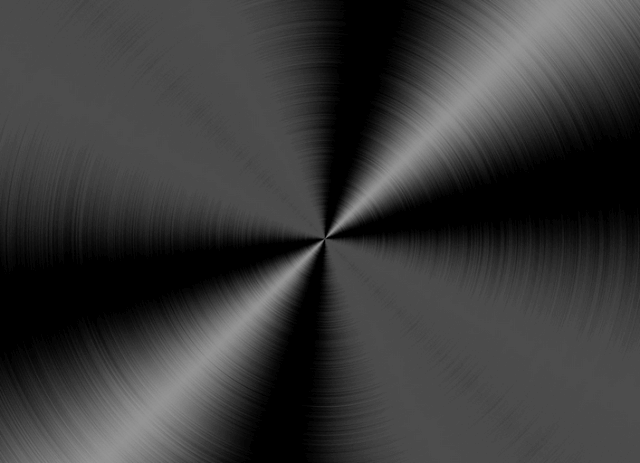
Metal brushed is the manufacturing process of repeatedly scraping the aluminium plate out of the line with sandpaper. Brushed can be divided into straight drawing, random drawing, spiral drawing, thread drawing. The metal brushed process can clearly show each tiny silk mark, so that the metal matte has a fine hair shine, and the product has both fashion and technology sense.
- Diamond C-cut
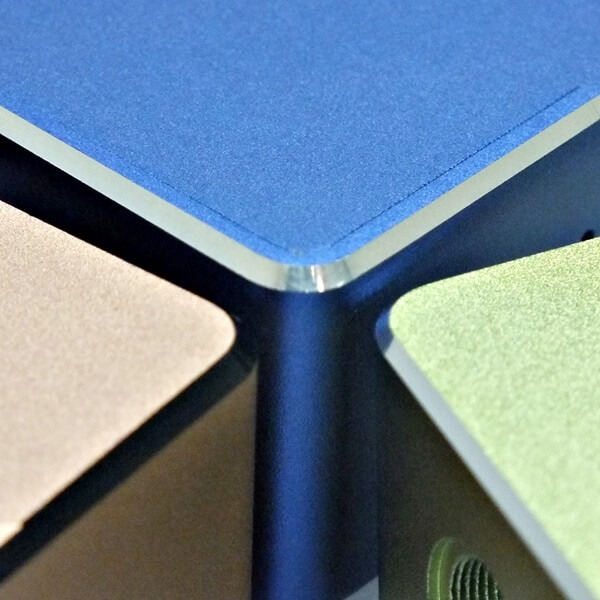
Using an engraving and milling machine, the diamond knife is reinforced on the spindle of the carving machine that rotates at a high speed (typically 20,000 rpm) to cut parts, resulting in local highlight areas on the product surface. The brightness of the cutting highlight is affected by the speed of the milling drill. The faster the drill speed, the brighter the cutting highlight, on the contrary, will be darker and have tooling line in the appearance.
- Anodized
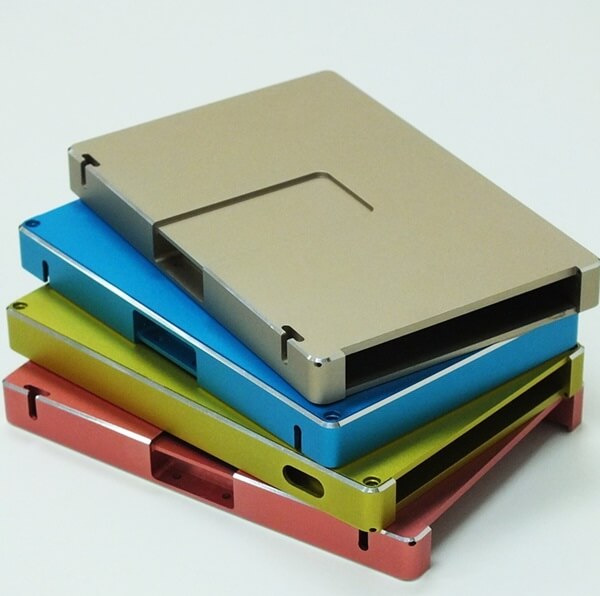
Anodizing refers to the electrochemical oxidation of metals or alloys. Under the corresponding electrolyte and specific process conditions, aluminium and its alloys form an oxide film on aluminium products (anodes) due to the applied current. Anodizing can not only solve the defects of aluminium surface hardness, wear resistance, etc. but also can extend the life of aluminium and enhance aesthetics. It has become an indispensable part of aluminium surface treatment, is the most widely used and very successful process.
- Two-colour anodized
Two-colour anode refers to anodizing on a product and giving different areas a different colour. The two-colour anodizing process is rarely used in the television industry because the process is complicated and the cost is high, but the contrast between the two colours can better reflect the high-end and unique appearance of the product.
More thing needs additional, welcome comment.
If you have aluminium machining parts need supplier, contact us freely!

